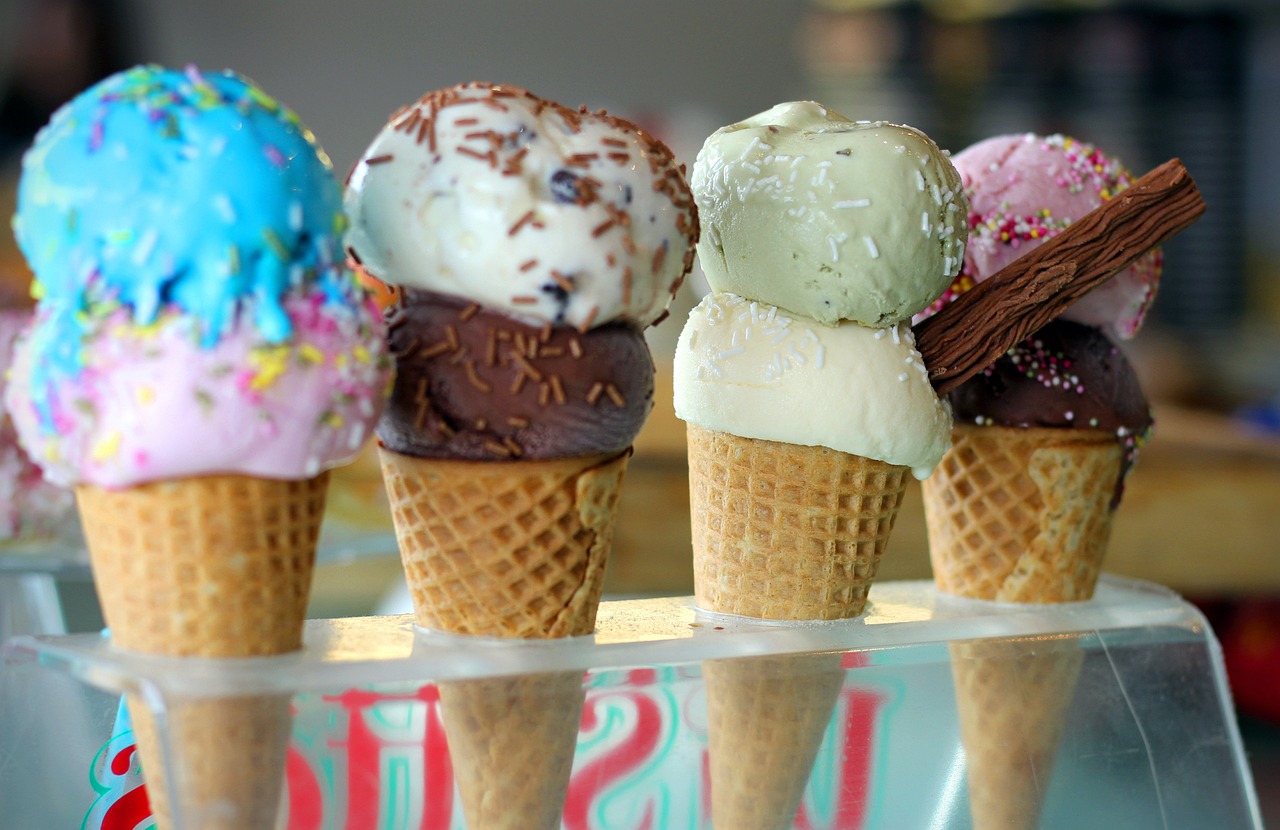The Science of Sweet Scoops: Unwrapping the Physics of Ice Cream

What’s in an ice cream scoop? Turns out, it is a lot more than what meets the eye. The creation of ice cream isn’t just tossing milk, sugar, and cream in a freezer. No, it’s a delicate dance of physics and chemistry—a frozen ballet, if you will. Let’s dig a spoon into the science that keeps our favorite summer treat perfectly smooth and soft, even as it stays cold enough to chill our bones.
First off, let’s talk crystals. In ice cream, the enemy of that velvety texture we all scream for is ice crystals, particularly the large, crunchy kind. To get that silky smooth mouthfeel, the ice crystals need to stay as tiny as possible. That’s where temperature comes in; by churning the mix at just the right cold snap, we keep those ice crystals so small they’re practically invisible. It’s what separates ice cream from just frozen milk—think of it as the difference between diamonds and coal, both are carbon, but one’s a gem while the other’s… well, not.
Now, here’s where things get really cool: air. Ice cream is a whopping 30-50% air, whipped in during the churning process. Without this frothy addition, we’d be gnawing on solid, dense blocks of cream. Ever noticed why high-quality ice cream seems “richer”? That’s partly because premium brands tend to use less air, giving it a denser, more luscious taste. When it comes to air, less is more.
Let’s not forget the fat globules. Yes, the cream in ice cream isn’t just for flavor. Fat acts as the glue that binds everything together, keeping the texture smooth and stable. These fat molecules wrap around air bubbles, making sure they don’t merge and collapse like a house of cards. In other words, they keep the ice cream from turning into a sad, soupy mess.
The next time you take a lick, remember—ice cream is a masterclass in physics, chemistry, and a sprinkle of good old-fashioned culinary art. It’s a scoop of science in a cone of bliss, proving that even the sweetest things in life can be quite complicated.
Similar Post You May Like
-

CFCs, HFCs and their long, troubled history
At its peak, the ozone hole covered an area 7 times larger than the size of Europe, around 29.9 million km2, and was rapidly expanding
-

The Origin of Universe: Deciding point where it all began!
Let us unravel and surf through the ideas throughout ages to understand what the universe and its origin itself was to its inhabitants across history.
-

The Artemis Program
Inspired by the Greek goddess of the Moon, twin sister to Apollo, the artimis program was named on 14 May 2019 by Jim Bridenstine.






